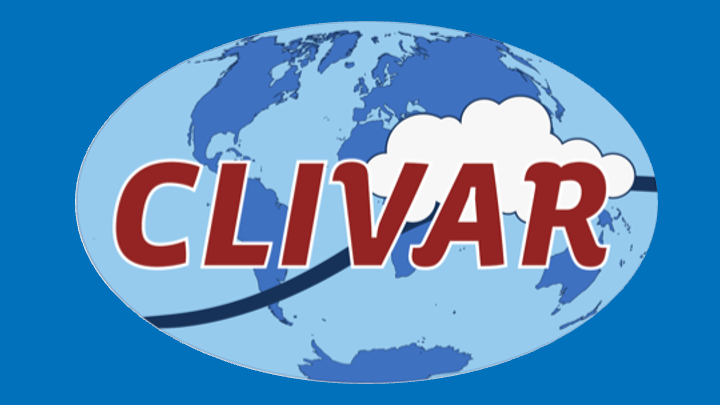Speaker
Description
Caribbean through-flow accounts for two-thirds of the Florida Current and consequently is an important conduit of heat and salt fluxes in the upper limb of the Atlantic Meridional Overturning Circulation (AMOC). While high-latitude sinking and interior mixing processes have a first order control on the magnitude of the AMOC, low-latitude wind-driven processes determine and modify the subsurface density structure of the water masses flowing through the Caribbean Sea. Considering there is evidence that up to one-half of the Florida Current originates as South Atlantic Waters (SAW), determining the distribution of SAW throughout the Caribbean Island passages is important as this constitutes the major pathway for cross-equatorial AMOC return flow. Ship-based observations in the 1990’s revealed the Windward Island passages as a dominant SAW inflow pathway. However, there is still a substantial amount of SAW that is taking an unknown, alternate route northward. The Anegada Passage (AP) is a major location for subtropical gyre inflow and suggested to be an alternate SAW inflow pathway. Here, we will present the first co-located observations of temperature, salinity, and subsurface velocity in the AP in nearly 20 years. Through an isopycnal water mass analysis the total transport (-4.8 Sv) and the transport of SAW through the AP (-2.79 Sv) is shown to be larger than previously estimated. This result indicates that the AP may be an important pathway for cross-equatorial AMOC return flow. This study has added to the growing body of literature supporting the use of gliders as an effective component of the global ocean observing system. The maturity that glider platforms have now reached make them uniquely well suited to collect the evolving maps of subsurface variables needed for sustained climate monitoring.
| Topic | Observational priorities – what should we measure? |
|---|

